Art aficionados who want to view the Mona Lisa in all its glory must travel to Paris and visit the Louvre.
That is the only place on earth one can gaze upon da Vinci’s original painting. It’s the only place where one can see the brush strokes and witness da Vinci’s expert use of sfumato to soften the subject’s edges.
With the advent of the blockchain, and in turn NFTs (non-fungible tokens), museums have the technology to display authentic digital works of art at a single location or multiple locations simultaneously.
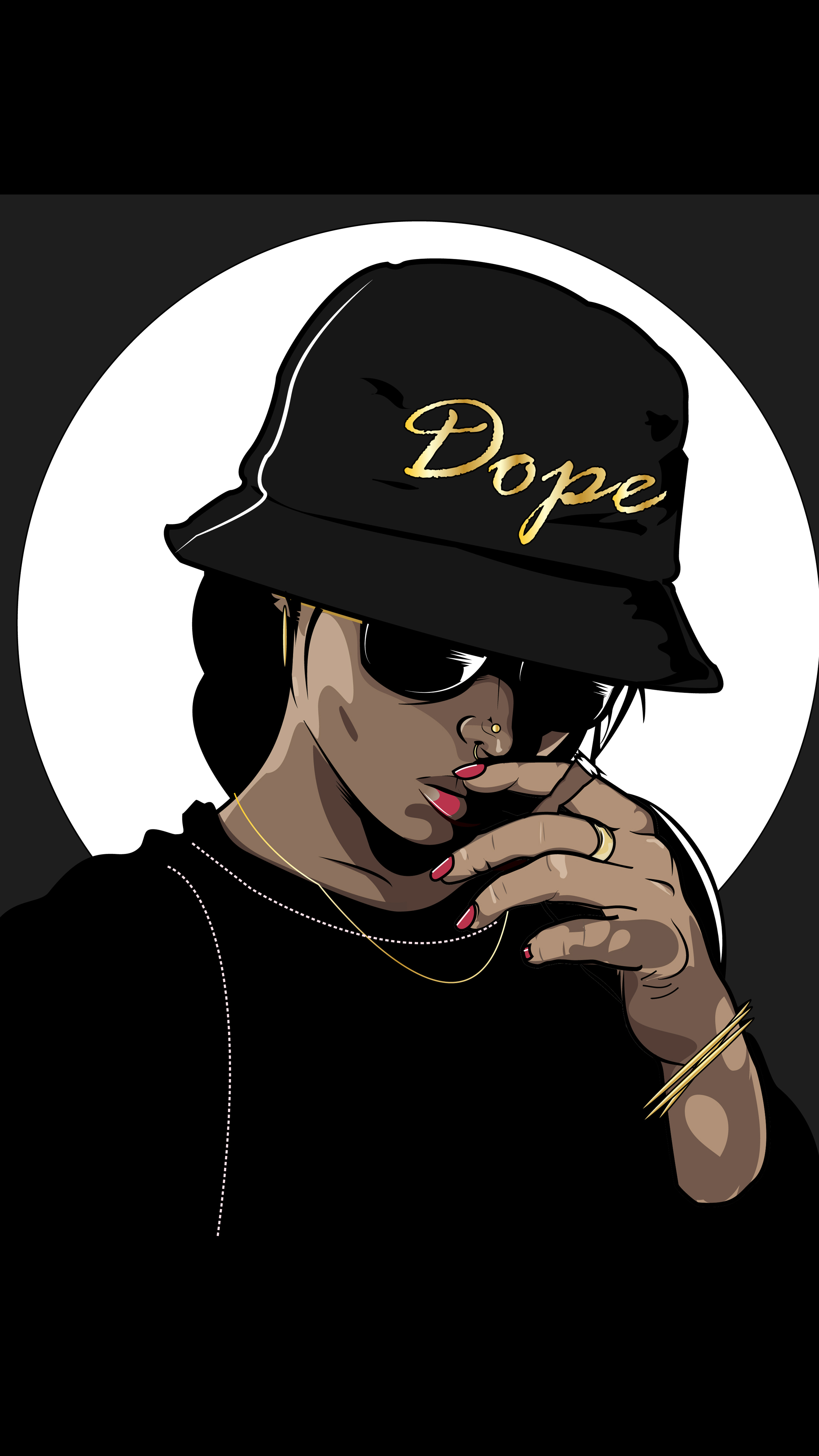
A Pleasant Surprise
When artists began creating digital works of art five, ten, twenty years ago, the authenticity of the work – the digital file itself - could not be verified. Anyone with a digital device, like a computer, a cellphone, or a tablet, could generate untold copies of the work in minutes with or without the artist’s permission and distribute those copies to anyone else with a digital device. Using blockchain technology, digital artists of today can mint a work and prove its authenticity. Art aficionados can no longer copy a digital file and claim it as their own or claim that it’s the original.
In March, Lynn University’s Eugene M. and Christine E. College of Communication and Design in Boca Raton, Florida, opened one of the nation’s first NFT Museums. Since it opened the doors of its three locations, Dean Cesar Santalo, the museum’s director, has made a number of interesting and exciting realizations. He says it’s been a true learning experience.
At the onset, Santalo was pleasantly surprised to find how easy it was to display the art. Because of their digital nature, NFTs can be viewed on multiple video monitors at multiple locations simultaneously. “This is something we did not think about that has become a reality and very powerful,” says Santalo, who himself is an esteemed visual communications professional, artist, animator, and educator.
The Lynn Museum has three locations; BRIC (Boca Raton Innovative Campus); Lynn’s main campus; and the American College of Dublin in Dublin, Ireland.
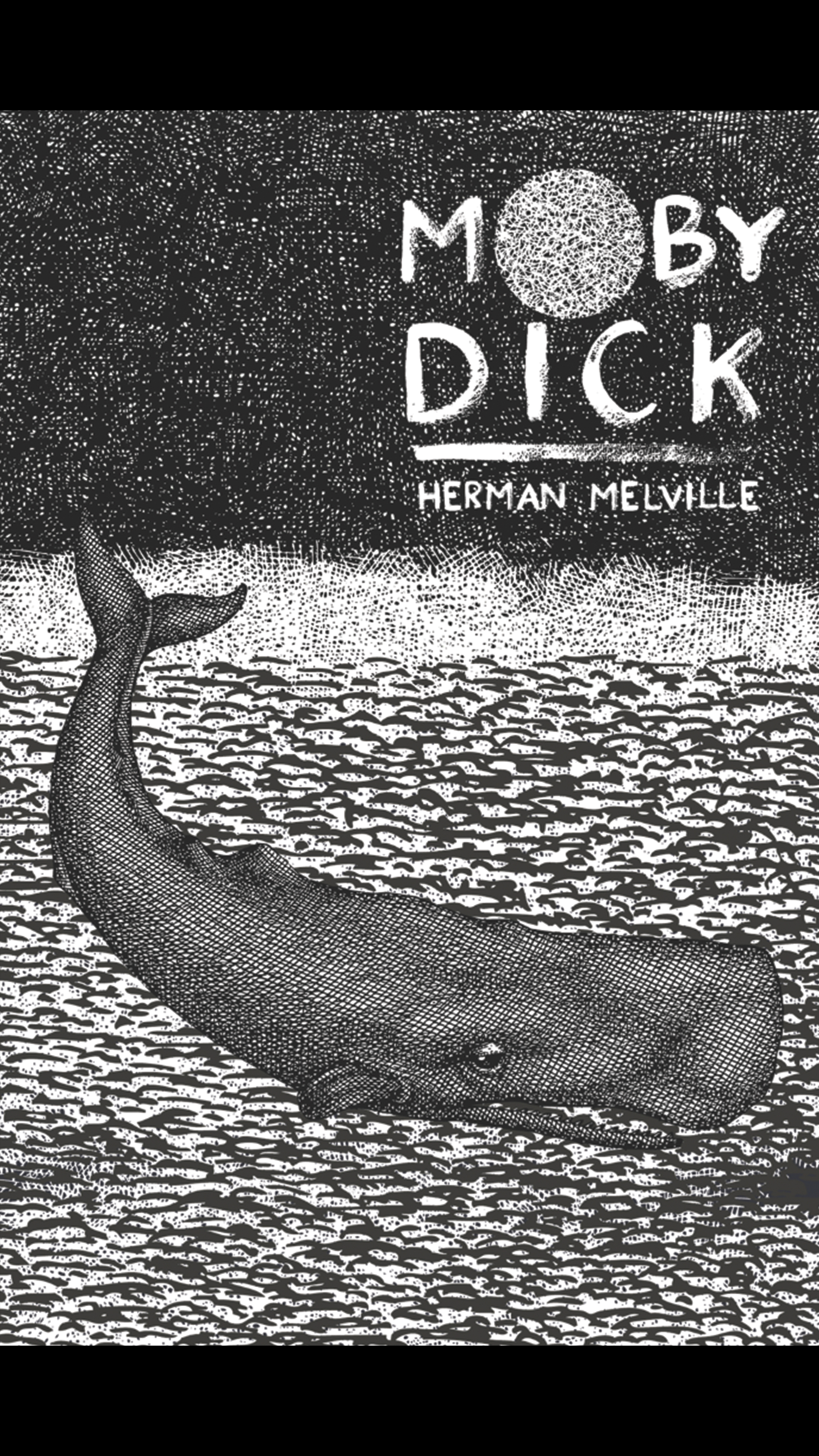
With only about 3,000 students, Lynn University lacks the financial means and physical infrastructure to maintain a traditional museum. Museums require floor space, wall space, and staff, overhead that Lynn’s budget would not allow for. So often, says Santalo, Lynn refused to accept donated works because of its limited space. “A lot of times, we have to say ‘no.’ Now that we have the Lynn NFT Museum, we can accept NFT digital donations from some of the best and the brightest artists in the NFT universe,” says Santalo.
Lynn Museum created its own crypto wallet. This technology allows artists to donate their art, store, send, and receive their crypto transactions.
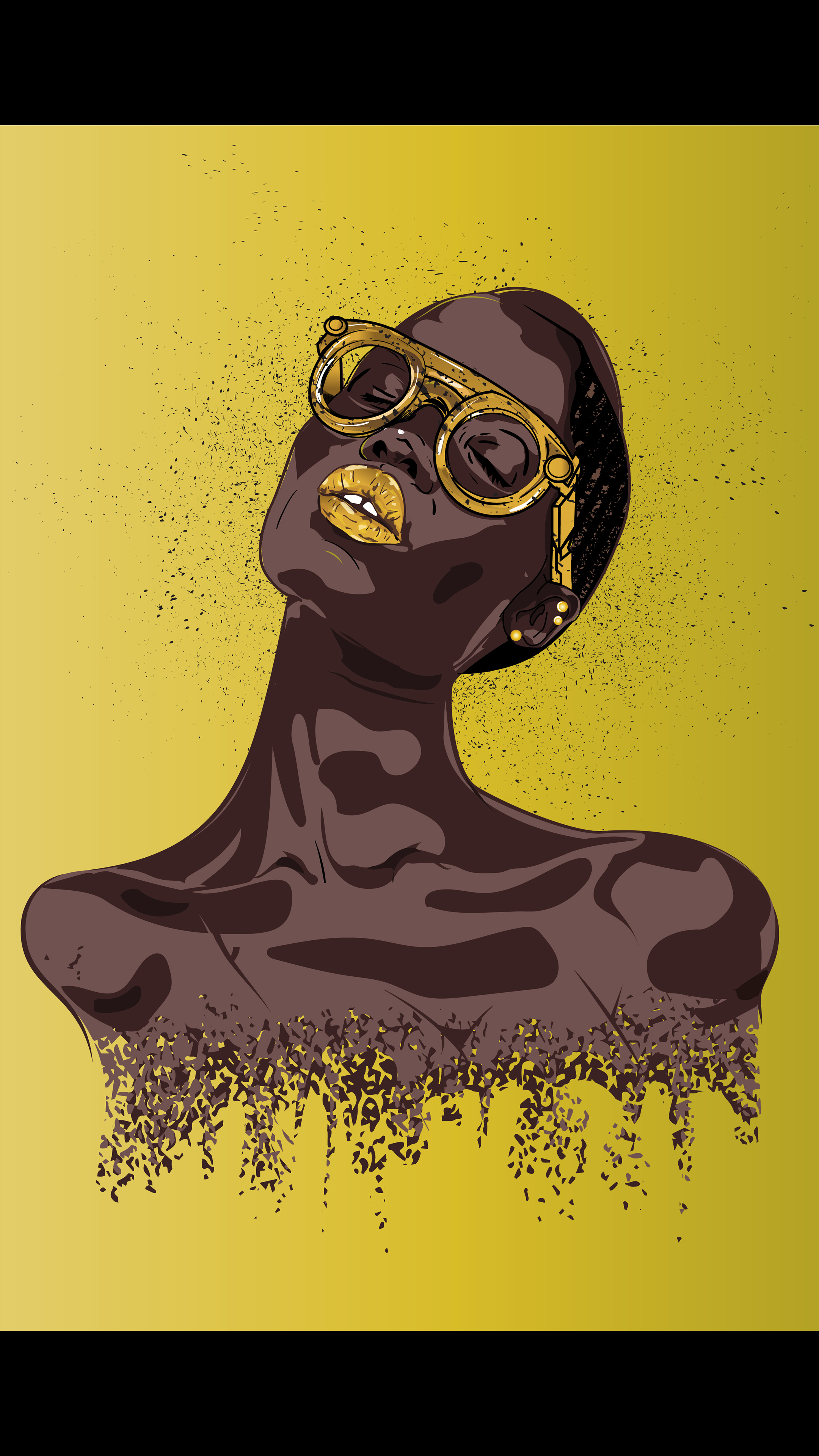
Showcasing Artists from EmergingCommunities
Early in the process of establishing the museum, Santalo cultivated a professional relationship with Gianni D’Alerta, who Santalo calls “the first friend of the NFT Museum.” D’Alerta, an NFT evangelist, is the creator of Miami NFT Week, a three-day NFT conference. He introduced Santalo to Gladys Garrote, a professor at Havana University. “Professor Garrote was able to get some of the best Latin American artists, 20 of them, in the NFT universe,” says Santalo.
Garrote has been working in the NFT space since 2020 and says NFTs are giving a wide range of Latin American artists exposure. “Not just visual artists but poets, performance artists, and musicians,” says Garrote. Because of their digital nature, NFTs have virtually dissolved political borders. Latin American artists living in emerging communities have benefited immensely from the technology. “Now they can showcase their work to a global community,” says Garrote.
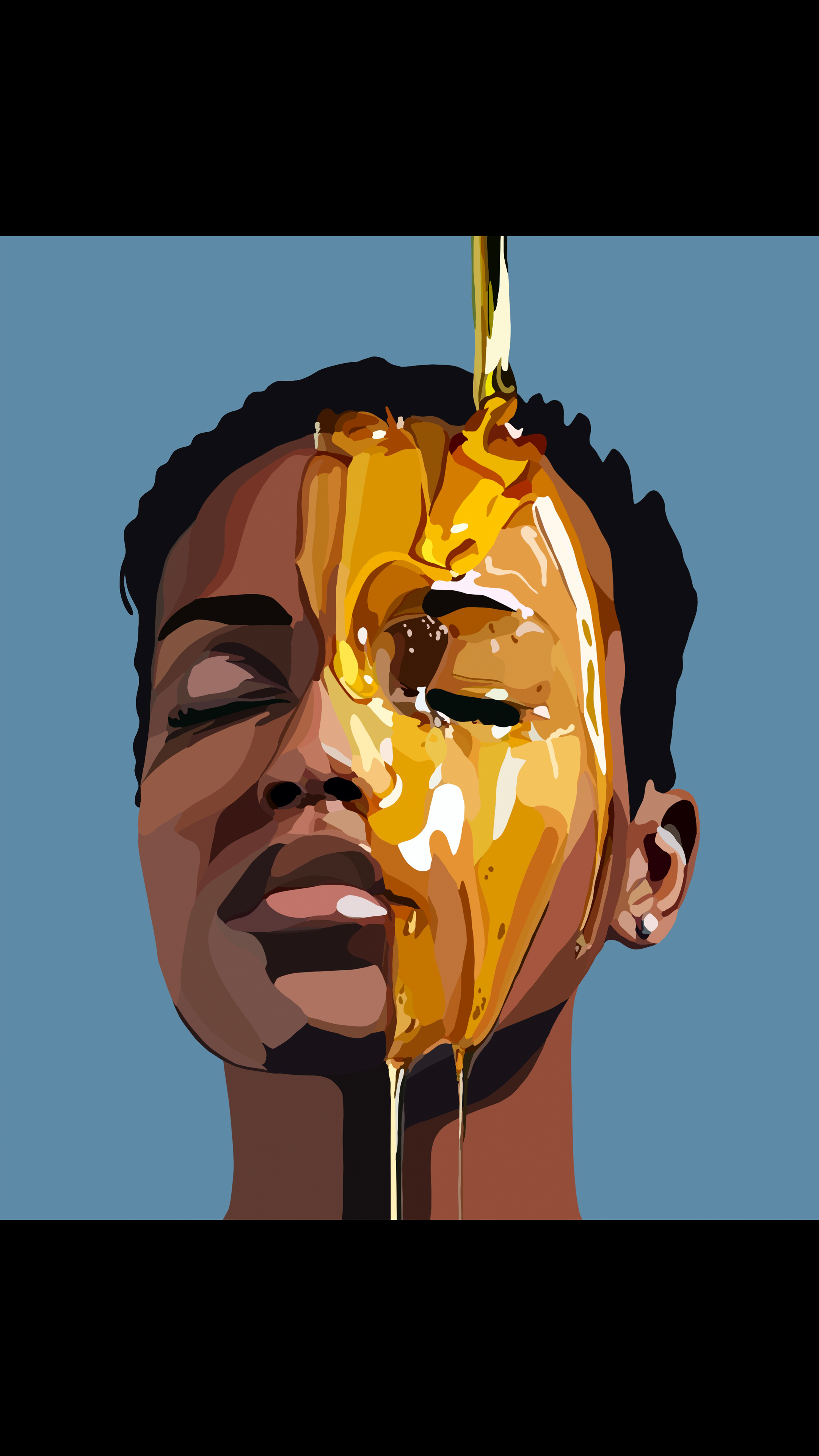
The collection of 19 works that Garrote curated for the Lynn Museum highlights the rich diversity in Latin American NFT art. But NFT is more than just a new technology, Garrote says, it’s also a cultural movement that’s shaping new forms of coloration and new forms of interaction around a work of art.
Heading into the curation process, Garrote knew exactly which emerging artists she wanted to feature in the Lynn collection. “(They’re all) key members of the NFT community. That is something I value because that is what’s shaping the movement, not only fantastic art but also encounters. The few that have more recognition never had a physical show before this presentation at Lynn. For them, it’s a wonderful opportunity to have their work showcased in a real live space,” says Garrote.
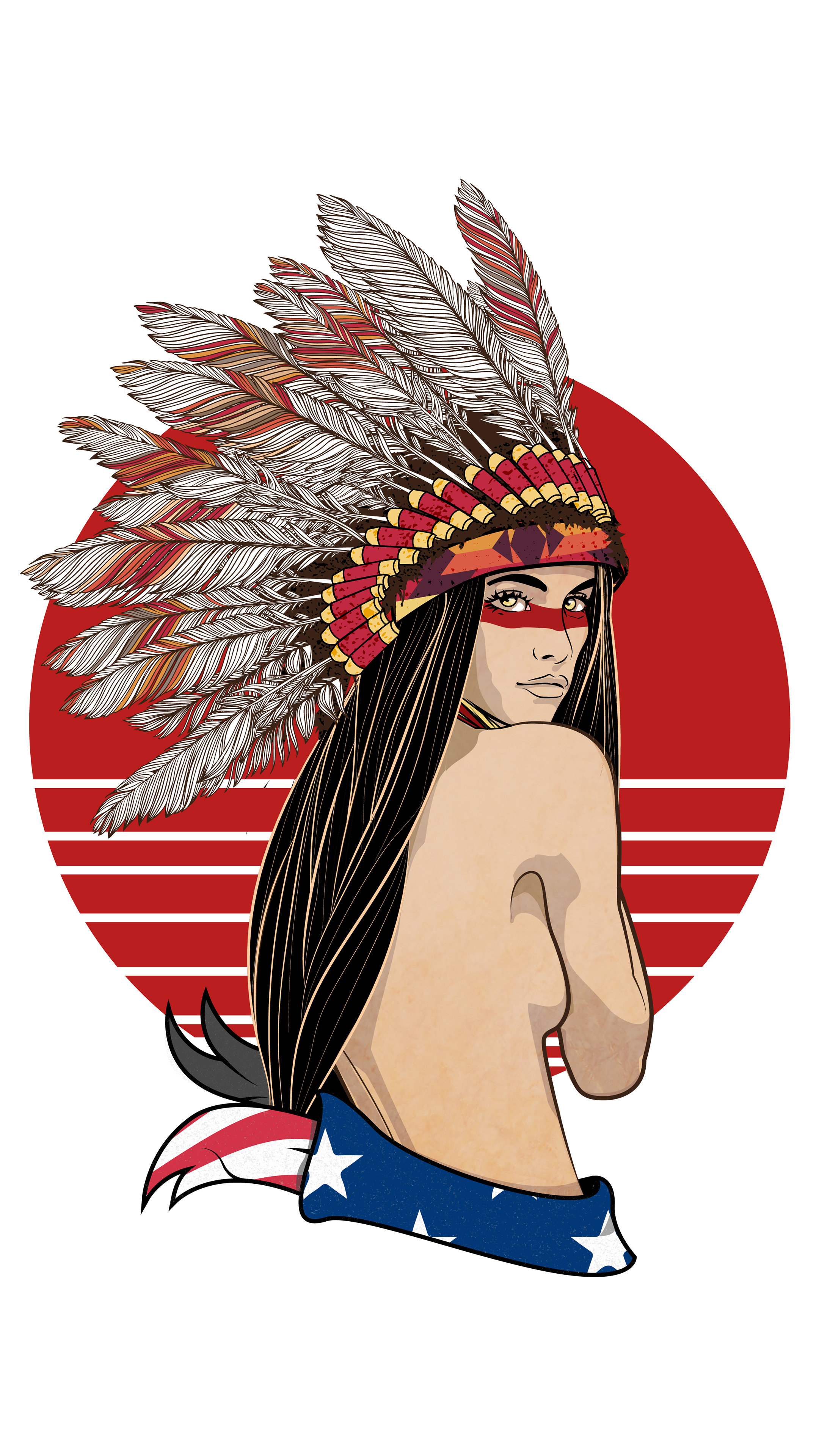
Although not a Latin American artist, one of the featured artists in the Lynn NFT collection is Alex Duque, a professor in the College of Communication and Design at Lynn. Duque, who freelances in advertising, began exploring the NFT medium several years ago. Knowing this, Santalo approached Duque and asked him to present a lecture on NFTs at Lynn. “That presentation got everybody involved in the NFT conversation at Lynn,” says Duque.
Three of Duque’s works are featured in the Lynn NFT exhibition: a digital 3D sculpture in onyx and gold, a paleontology research paper, and an image of the American flag. Although a nascent art medium, Duque finds NFTs powerful because of their authenticity. “You have a digital ledger that can be traced back and has provenance. That creates power for the artist,” says Duque.
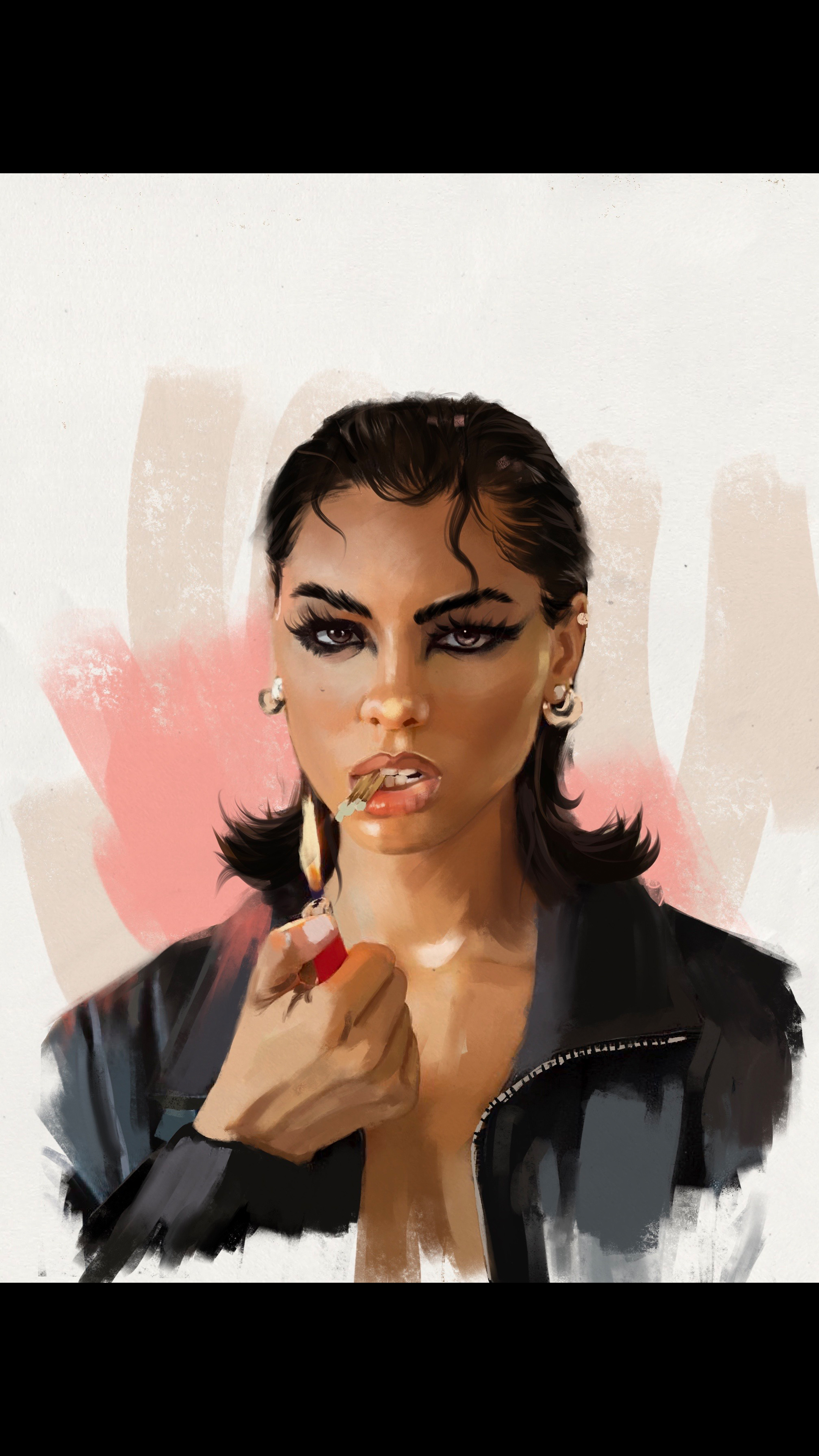
Not a Traditional Museum
At Lynn’s BRIC location - which fittingly is where IBM engineers designed and built the world’s first personal computer in the late 1970s - six, sixty-five-inch Samsung monitors welcome the public. To view Lynn’s NFT collection, patrons find a place in front of one of the monitors. “We could show you hundreds of unique artworks within 20 minutes. You could literally just stand there,” says Santalo. To feature the same amount of content in a traditional museum, Santalo would need 10 times the floor space.
At the museum’s location in the library of the College of Communication, Santalo set up nine monitors. Whether at BRIC or in the library, all the monitors are interconnected and presenting the exact same content. At the American College of Dublin, the museum is a work in progress. Currently they have just one monitor. “The fact that we’re interconnected means that the one monitor in Dublin can literally show 20 original artworks in a matter of minutes. It’s extremely powerful,” says Santalo.
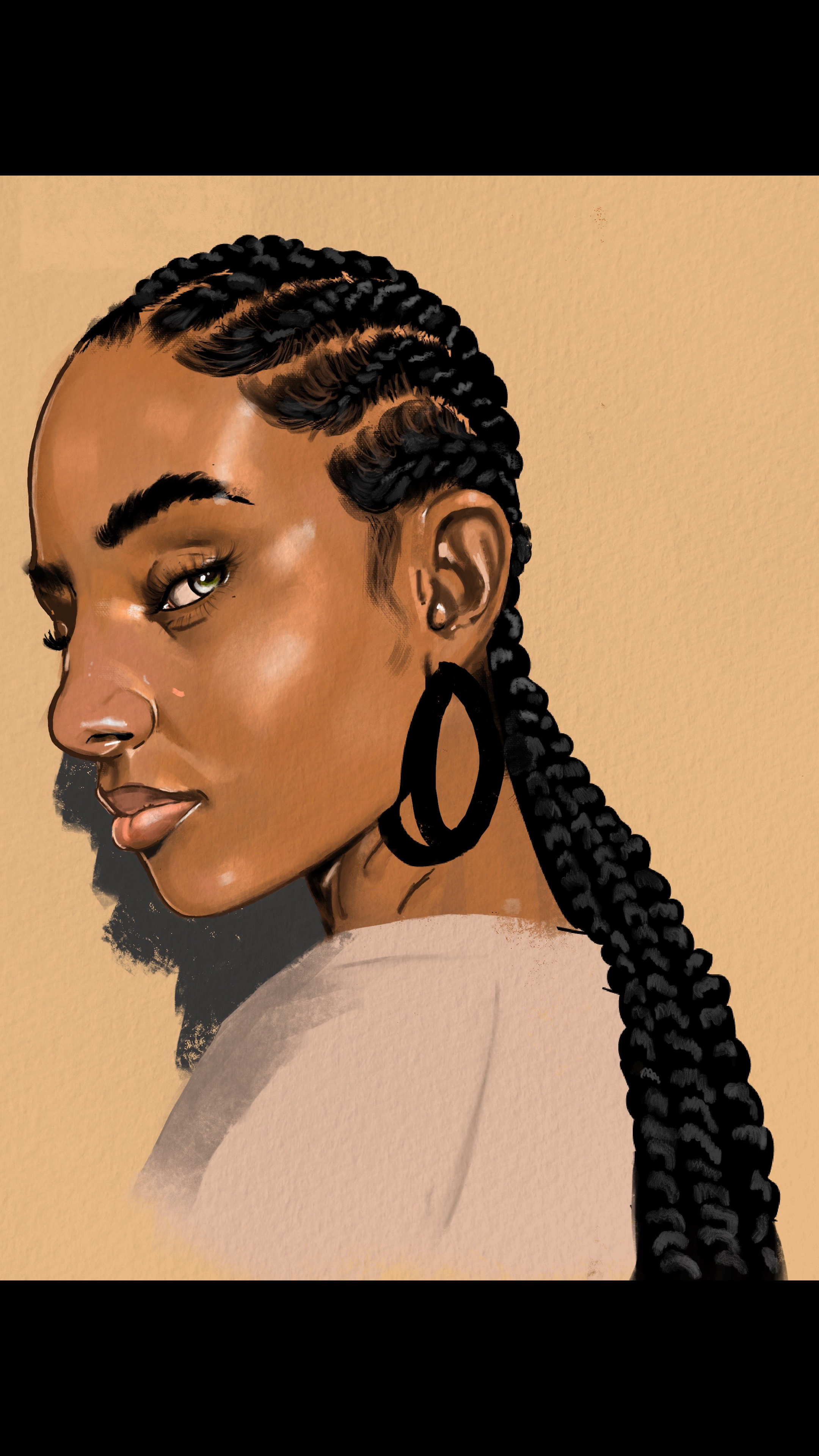
To communicate information that would ordinarily be displayed on a placard beside the work of art in a traditional museum, every couple of minutes, the content is interrupted by a black frame. A QR code bounces around the monitor, reminiscent of a 1970s video game. Those wishing to learn more about the works they’ve just viewed, scan the QR code, which takes them to the museum’s website. “We made it challenging because we wanted the viewer to be a little bit more participative,” says Santalo. “The website shows the artists and their artwork and automatically goes to the artist’s crypto wallet. At this moment, we are not looking to monetize. We’re learning as we go and we want to provide as much support to the artists and their needs,” says Santalo. Currently, the Lynn NFT Museum does not have the bandwidth to support payments to the artists.
Since the Lynn Museum opened its doors, universities have been reaching out to Santalo for guidance on creating NFT museums and seeking partnerships within the NFT space. Some individuals and organizations want to use the NFT museum as a platform to further their causes and missions. “The more we can increase collaboration, diversity of thought, and expression amongst our curators and partners, the more it will drive innovation in our college for our students and faculty alike,” says Santalo. •